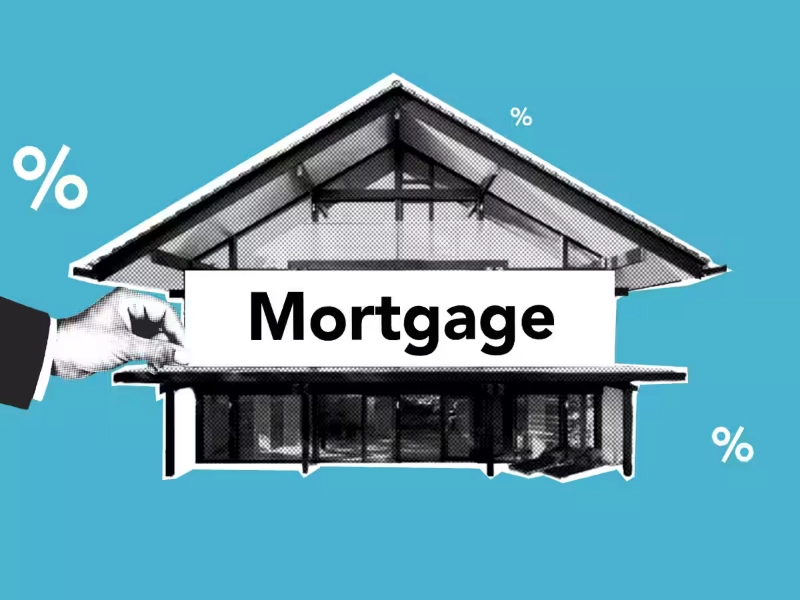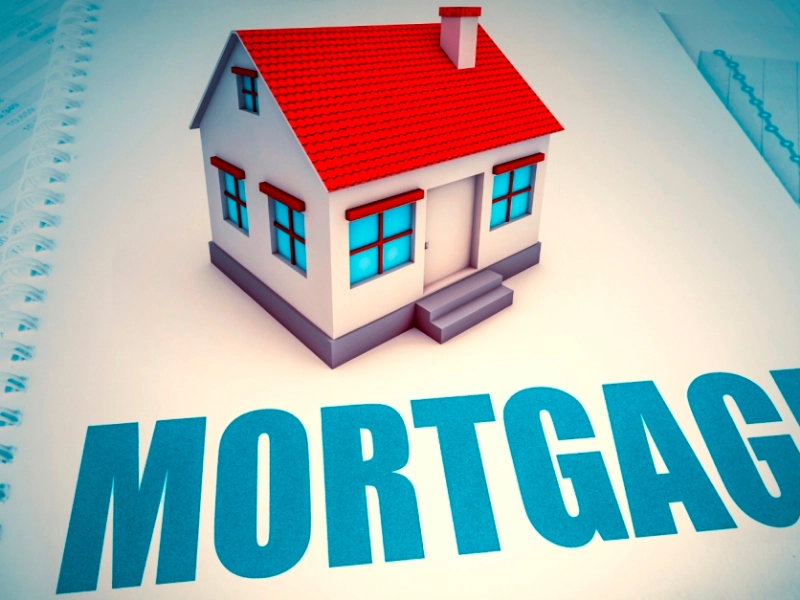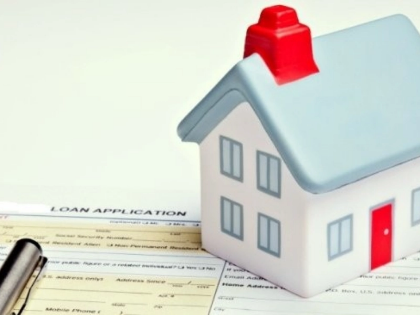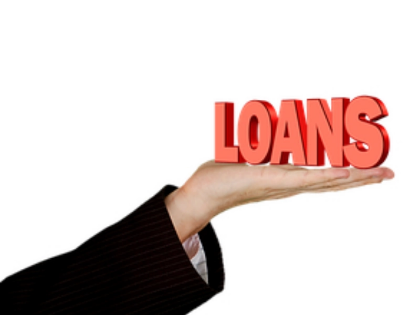Constructing a House: Comprehending Construction Loans
Purchasing an existing home can sometimes be less expensive than building one. If your ideal home is just what you've always wanted, the expense can be justified. Compared to mortgages, construction financing is more intricate. Before authorizing you for funding, lenders usually look into your financial status and your design plans. Moreover, they will distribute funds in installments.
Rates of interest

Initial Payment
 The cost of any building project is mostly determined by the loan amount, interest rate, and loan period. Furthermore, the cost may increase due to permissions and inspection costs.
Additionally, you'll need to save up the required 20% down payment for your construction loan. This is more than what is needed for a down payment on an existing property.
This is because lenders view construction loans as riskier than standard mortgages, so when you apply for funding, you may need to provide more evidence. This could include bank statements, tax returns, W-2s, and more, depending on your circumstances.
The construction loan will become a permanent mortgage after your home is completed, and you will be responsible for paying the principle and interest on it. However, the lender will probably insist that you buy a prepaid homeowners insurance policy that includes builder's risk coverage before that can happen. This will guard against theft or damage to the property while it is being built.
The cost of any building project is mostly determined by the loan amount, interest rate, and loan period. Furthermore, the cost may increase due to permissions and inspection costs.
Additionally, you'll need to save up the required 20% down payment for your construction loan. This is more than what is needed for a down payment on an existing property.
This is because lenders view construction loans as riskier than standard mortgages, so when you apply for funding, you may need to provide more evidence. This could include bank statements, tax returns, W-2s, and more, depending on your circumstances.
The construction loan will become a permanent mortgage after your home is completed, and you will be responsible for paying the principle and interest on it. However, the lender will probably insist that you buy a prepaid homeowners insurance policy that includes builder's risk coverage before that can happen. This will guard against theft or damage to the property while it is being built.
Lender Conditions
 Applying for a construction loan has many of the same conditions as applying for a mortgage. This entails calculating your debt-to-income ratio, submitting a budget and layout, and selecting a builder who has the necessary training and experience for the project. It's also critical to select the ideal lender for your needs. Since they don't do many of these loans, some lenders might not be able to provide you with the best rates. Only a few of these lenders provide owner-builder loans, which are far more difficult to get and entail the homeowner acting as their own contractor.
Usually requiring a more stringent application and approval process than a conventional mortgage, construction loans are not collateralized by real estate. In order to ensure that construction is proceeding according to plan, lenders typically send out an appraiser and inspector throughout the building phase, in addition to requesting to view architectural drawings and an expected construction timeline.
Applying for a construction loan has many of the same conditions as applying for a mortgage. This entails calculating your debt-to-income ratio, submitting a budget and layout, and selecting a builder who has the necessary training and experience for the project. It's also critical to select the ideal lender for your needs. Since they don't do many of these loans, some lenders might not be able to provide you with the best rates. Only a few of these lenders provide owner-builder loans, which are far more difficult to get and entail the homeowner acting as their own contractor.
Usually requiring a more stringent application and approval process than a conventional mortgage, construction loans are not collateralized by real estate. In order to ensure that construction is proceeding according to plan, lenders typically send out an appraiser and inspector throughout the building phase, in addition to requesting to view architectural drawings and an expected construction timeline.
Beginning
 Building loans can help you realize your ideal home, whether you're an owner-builder or want to collaborate with a custom home builder. Before obtaining funding, it's crucial to comprehend the procedure and prerequisites.
Compared to a mortgage, obtaining a construction loan may include more stringent requirements since the lender will review architectural drawings, a projected construction schedule, and a budget. They will also want to make sure you can afford payments during development and have a suitable debt-to-income ratio.
You have two options: either acquire a construction loan and mortgage separately, or get a construction-to-permanent loan that combines the two loans into one, saving you money on closing fees twice. In either case, the amount your lender pays your contractor will depend on how the project is coming along. These modest payments are referred to as draws, and prior to releasing more money, your lender will probably send an inspector to assess the construction site. You have two options for paying off the remaining sum when construction is finished: you can obtain an end loan or refinance your construction loan into a permanent mortgage.
Building loans can help you realize your ideal home, whether you're an owner-builder or want to collaborate with a custom home builder. Before obtaining funding, it's crucial to comprehend the procedure and prerequisites.
Compared to a mortgage, obtaining a construction loan may include more stringent requirements since the lender will review architectural drawings, a projected construction schedule, and a budget. They will also want to make sure you can afford payments during development and have a suitable debt-to-income ratio.
You have two options: either acquire a construction loan and mortgage separately, or get a construction-to-permanent loan that combines the two loans into one, saving you money on closing fees twice. In either case, the amount your lender pays your contractor will depend on how the project is coming along. These modest payments are referred to as draws, and prior to releasing more money, your lender will probably send an inspector to assess the construction site. You have two options for paying off the remaining sum when construction is finished: you can obtain an end loan or refinance your construction loan into a permanent mortgage.









